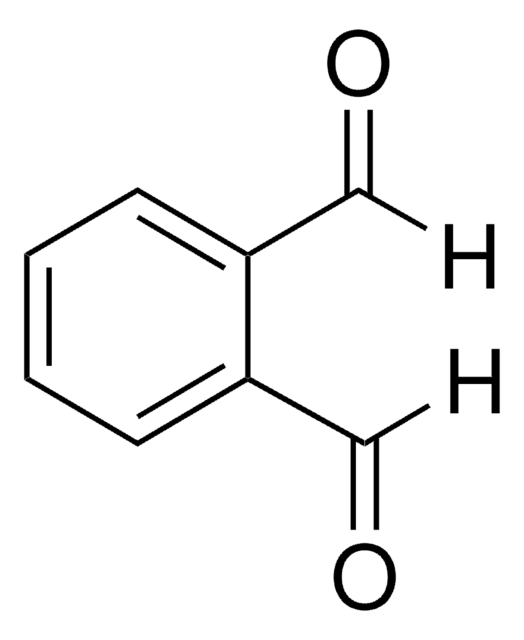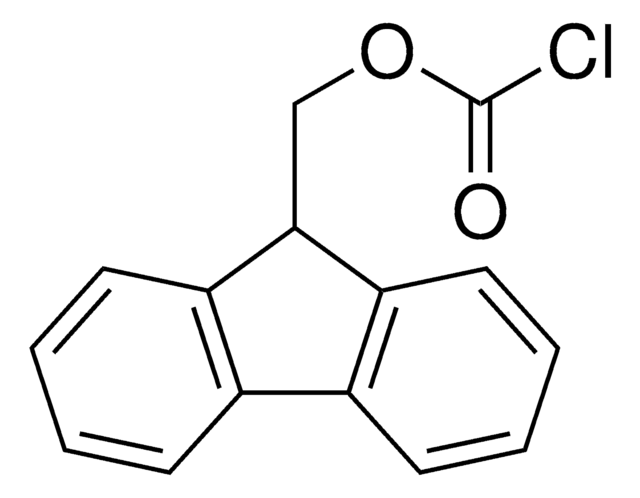97622
2-mercaptoetanolo
for HPLC derivatization, LiChropur™, ≥99.0% (GC)
Sinonimo/i:
β-mercaptoetanolo, 2-idrossietilmercaptano, BME, Thioethylene glycol
About This Item
Prodotti consigliati
Grado
for HPLC derivatization
Livello qualitativo
Densità del vapore
2.69 (vs air)
Tensione di vapore
1 mmHg ( 20 °C)
Saggio
≥99.0% (GC)
Forma fisica
liquid
Qualità
LiChropur™
Limite di esplosione
18 %
Concentrazione
14.3 M (pure liquid)
tecniche
HPLC: suitable
Indice di rifrazione
n20/D 1.500 (lit.)
n20/D 1.500-1.502
P. eboll.
157 °C (lit.)
Densità
1.114 g/mL at 25 °C (lit.)
Temperatura di conservazione
2-8°C
Stringa SMILE
OCCS
InChI
1S/C2H6OS/c3-1-2-4/h3-4H,1-2H2
DGVVWUTYPXICAM-UHFFFAOYSA-N
Cerchi prodotti simili? Visita Guida al confronto tra prodotti
Descrizione generale
Applicazioni
Note legali
Avvertenze
Danger
Indicazioni di pericolo
Classi di pericolo
Acute Tox. 2 Dermal - Acute Tox. 3 Inhalation - Acute Tox. 3 Oral - Aquatic Acute 1 - Aquatic Chronic 2 - Eye Dam. 1 - Repr. 2 - Skin Irrit. 2 - Skin Sens. 1A - STOT RE 2 Oral
Organi bersaglio
Liver,Heart
Codice della classe di stoccaggio
6.1A - Combustible acute toxic Cat. 1 and 2 / very toxic hazardous materials
Classe di pericolosità dell'acqua (WGK)
WGK 3
Punto d’infiammabilità (°F)
165.2 °F - closed cup
Punto d’infiammabilità (°C)
74 °C - closed cup
Scegli una delle versioni più recenti:
Possiedi già questo prodotto?
I documenti relativi ai prodotti acquistati recentemente sono disponibili nell’Archivio dei documenti.
I clienti hanno visto anche
Il team dei nostri ricercatori vanta grande esperienza in tutte le aree della ricerca quali Life Science, scienza dei materiali, sintesi chimica, cromatografia, discipline analitiche, ecc..
Contatta l'Assistenza Tecnica.









